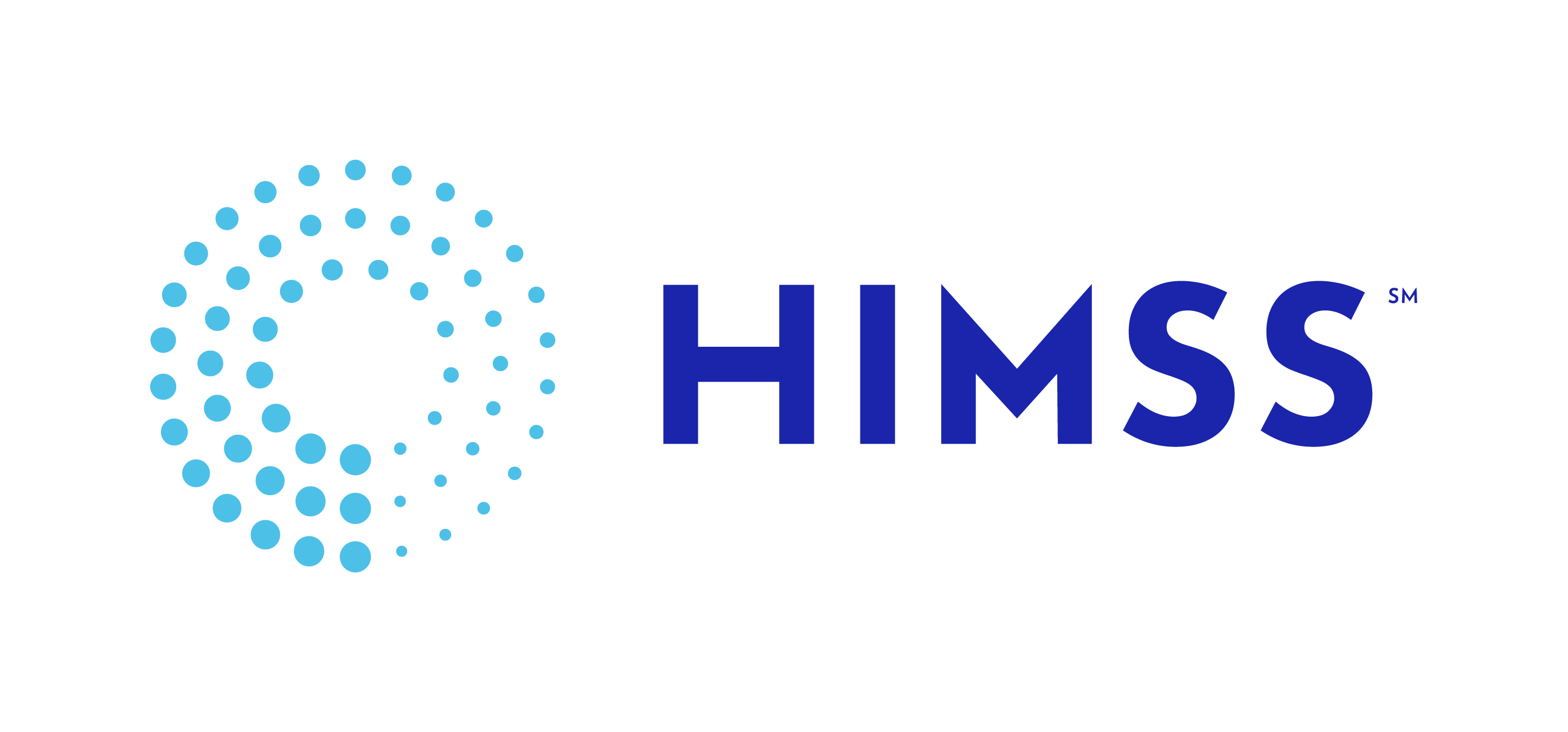Fall 2014Sponsor Corner
Palomar Health & Sotera Announce Industry First
Meghan Jaremczuk’s life just got a lot easier, and the care she offers her patients a little safer.
Jaremczuk’s patients at Palomar Health in Escondido, Calif., wear a lightweight, wireless vital sing monitor on their wrists called ViSi Mobile®.
 And now, for the first time ever, patient data from these devices are flowing into the Cerner® electronic health record (EHR) through the medical device integrations platform, CareAware®. This means doctors and nurses see up-to-the-minute clinical data from lower-acuity units, helping them treat patients proactively.
And now, for the first time ever, patient data from these devices are flowing into the Cerner® electronic health record (EHR) through the medical device integrations platform, CareAware®. This means doctors and nurses see up-to-the-minute clinical data from lower-acuity units, helping them treat patients proactively.
Additionally, this integrated technology helps caregivers chart immediately, recording information as it happens.
“All in all, patient care should be better – and safer,” said Jaremczuk, a nurse manager at Palomar Medical Center. “We might catch something that we could otherwise miss. That’s really what it’s about – early intervention when something does go wrong.”
Most hospitals use continuous monitoring systems to help clinicians identify emerging problems in intensive care units and other high-acuity areas. In lower-acuity areas, which host 60 to 70 percent of hospitalized patients, clinicians typically collect vital signs via spot checks at four-to six-hour intervals.
Palomar Health is using ViSi Mobile to continuously check patient vitals in these lower-acuity units. By integrating the data into each patient’s EHR, clinicians will know immediately if a patient’s condition worsens. Dr. Ben Kanter, Palomar’s chief medical information officer, likens the device to a seat belt for patients.
“The goal is to try and predict the condition ahead of time – not catch it after,” he said. “We want to go from a reactive mode to a proactive mode.”
At present, Palomar is monitoring blood pressure, pulse rates and oxygen saturation on Jaremczuk’s surgical unit. Future plans call for the system to also look at electrocardiograms (ECG) and respiratory rates.
Palomar has been working with representatives from Sotera Wireless, a San Diego-based company that designed the monitors, to perfect the system. For example, after talking with Jaremczuk and others, Sotera lowered the number of alarms the system produces by 70 percent.
“They really listened to our feedback about the sensitivity of the system – what alarms are meaningful and what the nursing staff felt was useful and needed,” Jaremczuk said.
Gary Manning, vice president global sales said the company is “delighted to partner with Palomar Health to be the very first hospital to not only use ViSi Mobile to help ensure a safer environment for their patients, but to also connect to the Cerner EHR through CareAware, which enables more efficient use of clinician time,” he said. “Now the clinicians will know their patient’s vital signs at all times and have them automatically charted – improving patient safety and clinician efficiency.”
The new technology is also designed to be easier on patients. Authors of a recent study in JAMA have shown that nighttime vital sign checks disrupt patients’ sleep, and poor sleep, in turn, has been linked to elevated blood pressure and delirium.
“Technology that delivers vital information while eliminating unnecessary disruptions aligns with the drive to transform hospitals into gentler, safer places that provide the optimal conditions for healing,” said Dr. Gunnar Trommer, Sotera's vice president marketing and business development.
